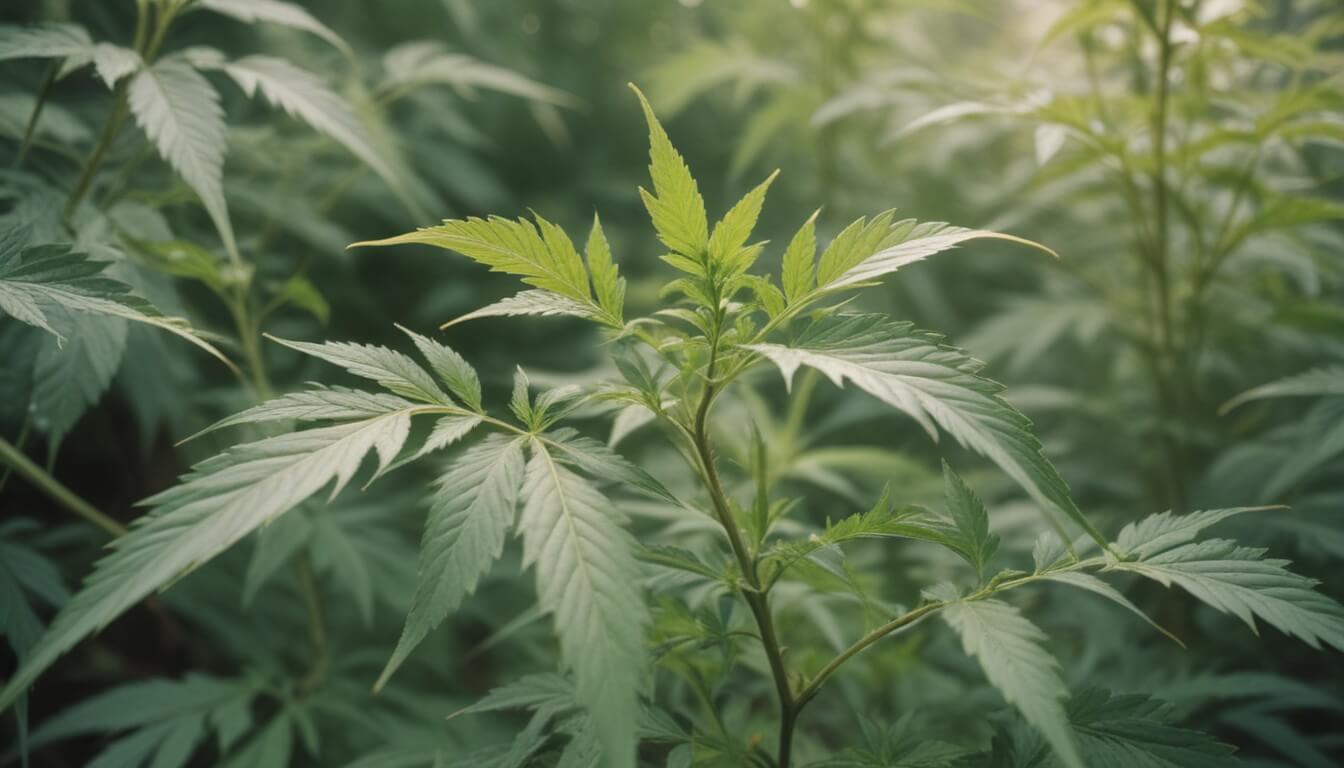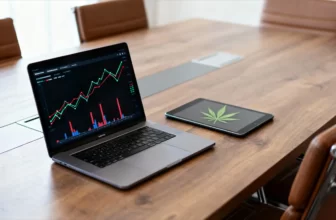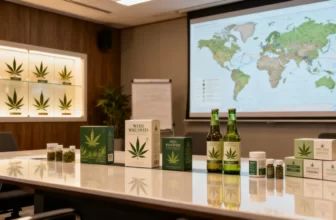The cultivation of hemp in the United States has shown significant growth and adaptation in recent years, as evidenced by 2023 data from the U.S. Department of Agriculture National Agriculture Statistics Service (NASS). This article delves into the current state of hemp production, focusing on indoor and outdoor cultivation practices, market changes, and emerging trends.
The burgeoning growth of outdoor hemp production
Hemp production outdoors experienced a notable increase in value and volume in 2023. According to NASS, the total value of hemp produced outdoors reached $258 million, marking a 22% rise from the previous year. An 18% increase in floral hemp production supports this upward trend, amounting to over 8 million pounds. The significant economic contribution of floral hemp, which totaled $241 million in value, underscores its dominant role in the sector’s growth.
Shifts in hemp cultivation for grain
While the overall scene for hemp was positive, certain segments faced challenges. National production of outdoor-grown hemp for grain increased by 28%, with a total output hitting 3.11 million pounds. However, the area dedicated to hemp grain cultivation saw a sharp contraction, decreasing by 26%. This reduction points to more intensive cultivation techniques aimed at raising yield, which stood at approximately 779 pounds per acre.
Indoor hemp cultivation: A mixed picture
Contrary to the robust performance of outdoor cultivation, indoor hemp production encountered several hurdles. The total area under protection or indoors witnessed a one-third decrease. Even though the space for indoor cultivation decreased, there were increases in specific categories, such as clones/transplants and some floral products. This suggests a shift in indoor cultivation strategies, possibly focusing on higher-value, lower-volume products to optimize returns.
Economic implications and market adaptations
The economic landscape of hemp production presents a varied picture, influenced heavily by the type of hemp cultivated and the cultivation approach. While clones and transplants have seen slight value increases, floral products have faced price drops despite higher yields. This pricing dynamic indicates a market that is still finding its equilibrium amidst fluctuations in supply and demand.
Sustainability and environmental considerations
Beyond economic aspects, the sustainability of hemp cultivation comes to the fore with increasingly pressing concerns regarding environmental stewardship. Hemp provides a sustainable alternative to synthetic materials through products like bio-based fibers. This aligns with a growing consumer base that prioritizes eco-friendly and health-conscious choices. The adaptability of hemp cultivation, evident from the rising figures and shifting focus towards more profitable and sustainable practices, reflects a proactive approach to environmental challenges.
Prospects of hemp agriculture
The future of hemp agriculture appears promising but requires continued adaptation and innovation. With global issues such as climate change, biodiversity loss, and rapid urbanization posing substantial challenges, the role of hemp cultivation in promoting environmental sustainability becomes even more crucial. As the industry adjusts to evolving market demands and ecological constraints, the versatility and resilience of hemp could lead it to become a cornerstone of sustainable agricultural practices.
While the hemp industry in the U.S. faces both opportunities and obstacles, its ability to evolve and respond to complex market and environmental conditions will likely dictate its trajectory in the coming years. The sector can contribute significantly to sustainable development goals with thoughtful stewardship and innovative approaches.





